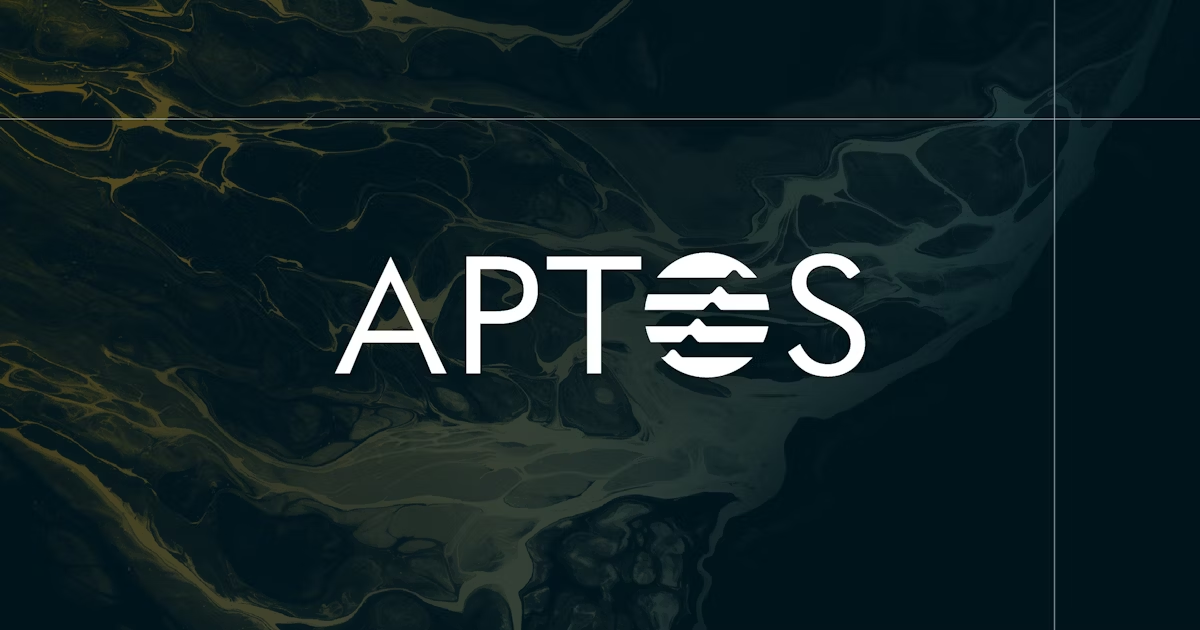Solana is working “around the clock” to fix its current issues, which include the proliferation of failed transactions on the network.
In an April 4 tweet on X, Raj Gokal, the network’s co-founder, revealed that the network was working to improve users’ transaction experience. He said:
“World class engineering teams are working around the clock to push fixes to improve the experience of submitting transactions on Solana. I am messaging them multiple times a day asking how it’s going, and they tell me this is a very helpful way to contribute to the solution.”
Meanwhile, Anatoly Yakovenko, Solana co-founder, also pointed out the challenges in combating congestion issues on a network. He said:
“Dealing with congestion bugs sucks so much more than total liveness failure. The latter is one and done, bug is identified and patched, and chain continues. The former has to go through the full release and test pipeline. Shipping fast is impossible.”
Failed transactions
Over the past weeks, the high-flying Solana network has witnessed an upsurge in the number of failed transactions.
Data from Dune Analytics curated by Scarn_eth show that more than 70% of non-voting transactions performed on the network since the beginning of this month have failed.
This surge marks a significant uptick from the approximately 54% failure rate recorded around the same period last month.
Non-voting transactions are everyday transactions initiated by regular Solana users while voting transactions are carried out by validators who stake their assets to secure the blockchain network.
Consequently, several Solana users have expressed dissatisfaction with the increasing number of failed transactions and the declining quality of their experience on the blockchain network.
Trading bots
Mert Mumtaz, the CEO of Helius Labs and a vocal supporter of Solana, attributed the recent surge in failed non-voting transactions on the network to trading bots.
According to him, around 95% of the failed transactions can be traced back to trading bots, as most users’ transactions are dropped before they are on-chain. So, he cautioned against over-relying on the failed transactions chart, noting that its user impact assessment was somewhat skewed.
He explained:
“The chart importantly doesn’t accurately capture the user experience since the overwhelming number of issues are before the transactions even make it to the block. However, it does show that the system allows for too much spam with negligible economic activity. In fact, if that problem were fixed, current revenue numbers (and throughput) would increase a ton.”
Mentioned in this article
Credit: Source link












































































































































